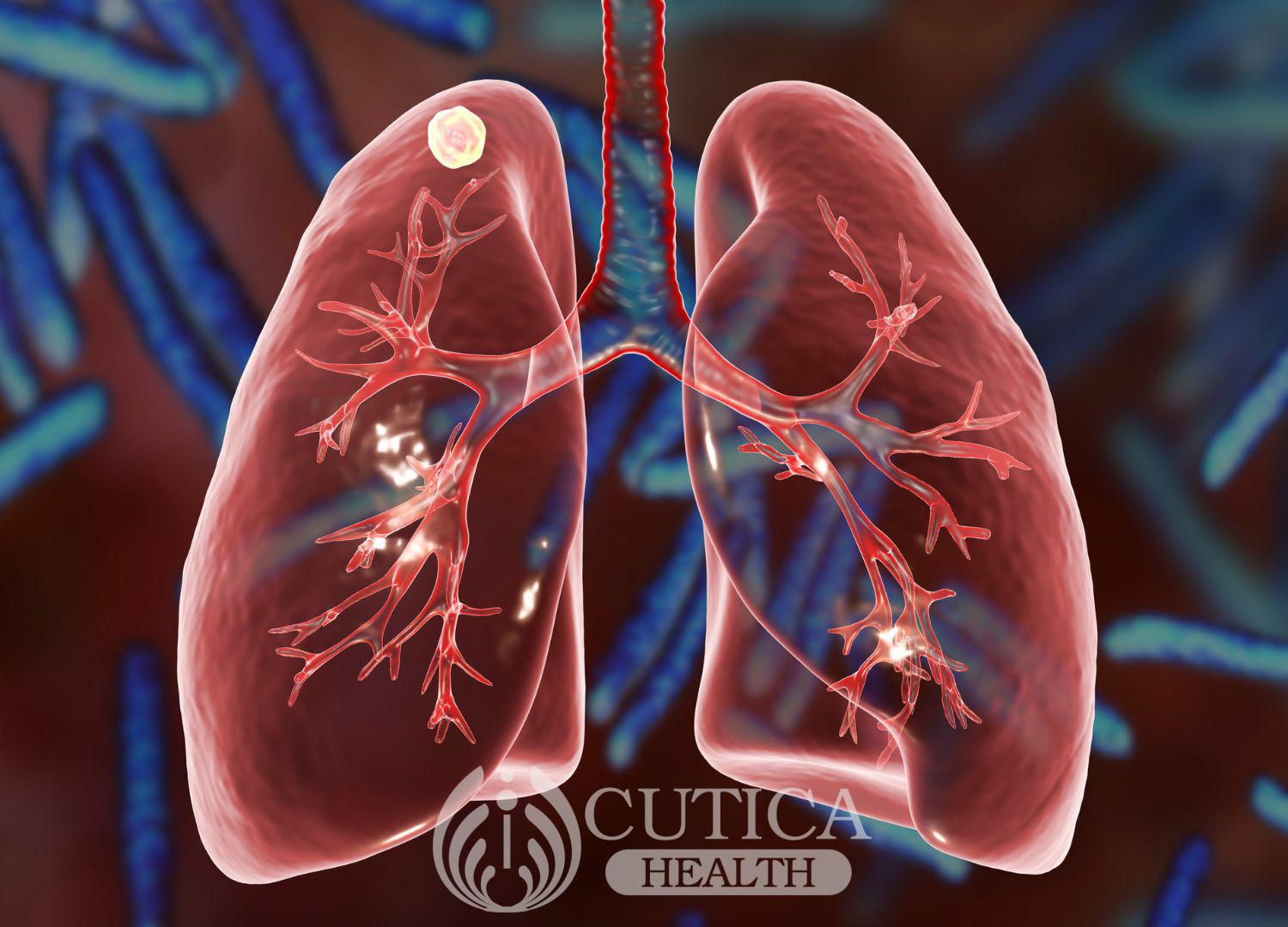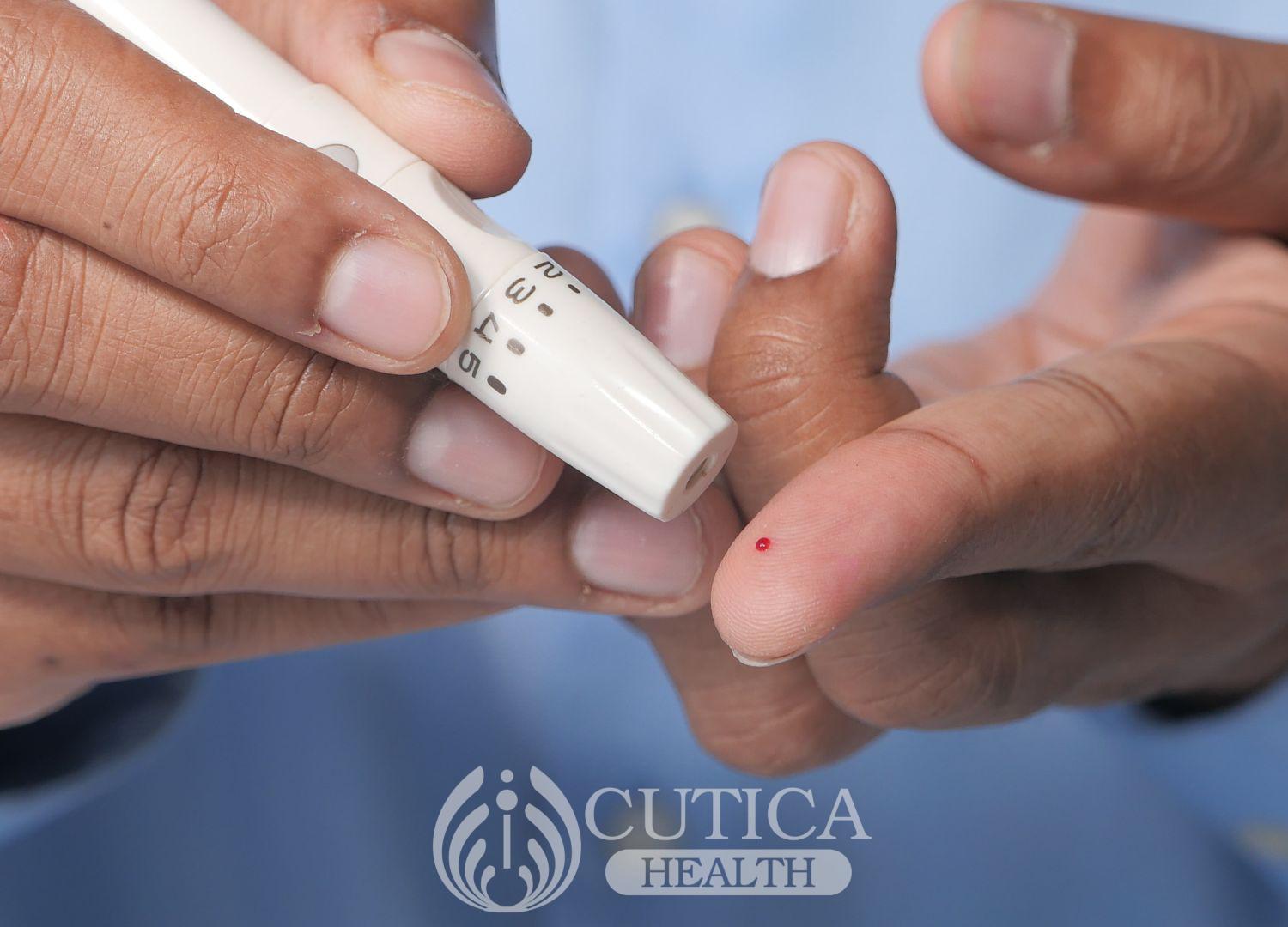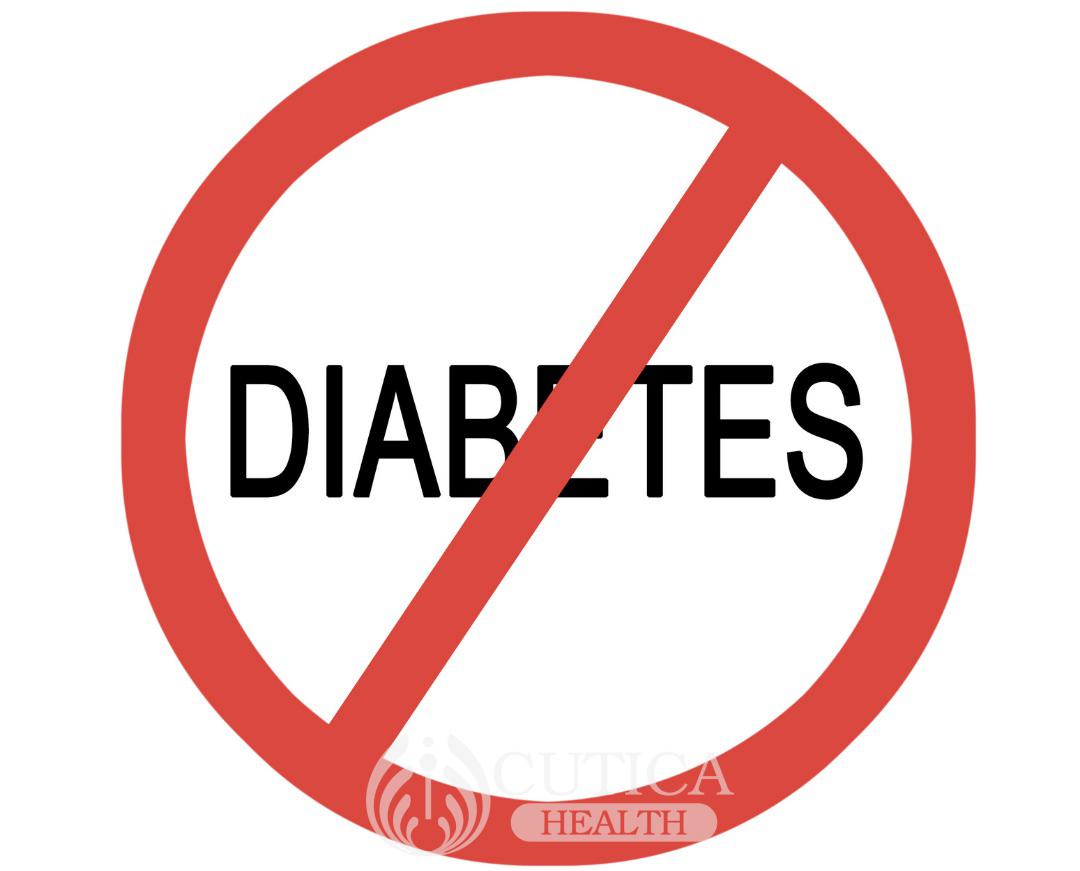
Dr. Ken was on his routine morning ward rounds when he met Mr. James at the hospital’s cafeteria drinking a bottle of sweetened beverage. “Hello, Mr. James, it’s been a while, how are you” “Dr. Ken, fine o, I’ll speak with you privately later, I seem to be having a sugar problem that is not coming down as I want it” “May be there are some things I am doing that I ought not to, I will call you later in the evening for some advice”
Having understood the causes, risk factors, and the complications of diabetes, it is essential to know what preventive measures you can take to lower your risk of developing the condition and to improve the condition if you have been diagnosed with it.
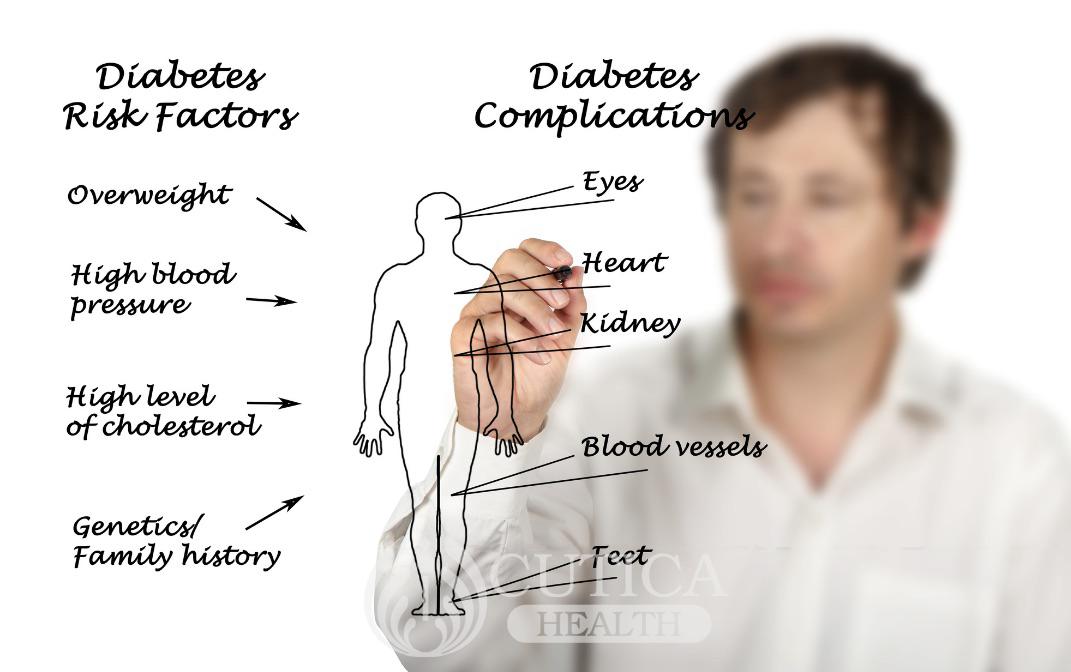
Eat Healthy Foods
A major risk factor for diabetes is obesity and overweight and a major cause of this is poor dietary habit. Eat more fiber-rich foods such as fruits, vegetables, nuts, legumes, and whole grains. Fiber lowers your risk of diabetes, heart disease, and helps to control your weight. Other foods that help control diabetes include fatty fish, cinnamon, flaxseeds, and strawberries. These foods contain lots of antioxidants that help prevent diabetes.
Also, reduce your intake of animal fat, refined foods, and salt. These foods are high in trans-fat, which increases your risk of developing diabetes. High salt intake may increase your blood pressure, making you more likely to become diabetic. Also avoid alcohol, tobacco, white bread, sweetened cereals, fruit juice, and sweetened beverages.
Your doctor or nutritionist may provide you with a list of foods you should eat more of and those you should avoid. More importantly, your doctor will help you create a diet plan which includes variety of foods so you do not develop nutritional deficiencies while trying to control diabetes.
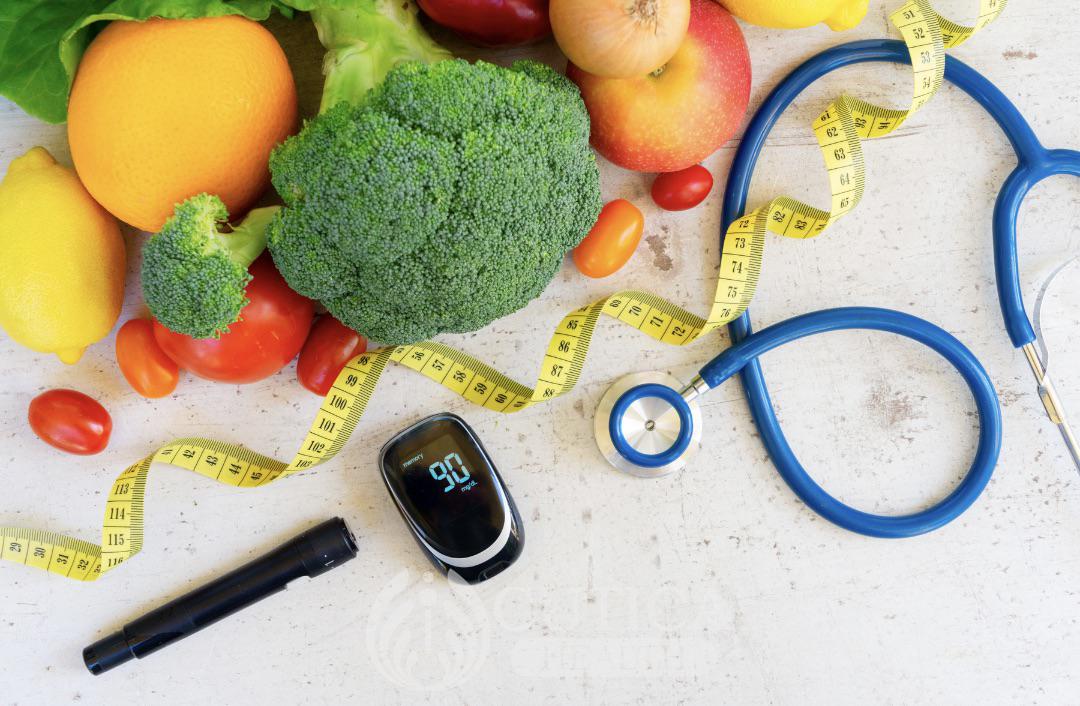
Lose Weight
If you are overweight, losing 7 percent of your body weight reduces your risk of diabetes by about 60 percent. You can achieve healthy loss by maintaining a low-carb diet, avoiding foods high in trans fats, and exercising.
Eat lots of low-carb vegetables such as broccoli, kale, tomatoes, cucumber, and cabbage, and eat mostly whole, unprocessed foods to achieve a healthy weight.
If you have gestational diabetes, you need to consult your doctor on an effective weight-loss strategy and how much weight is healthy during pregnancy.
Get more physically active
Physical inactivity is a major risk factor for diabetes and exercising everyday will help you lower that risk. Aim for a minimum of 30 minutes of moderate activity - such as brisk walking, bicycle riding, or swim laps every day. You can break into short sessions done throughout the day.
Physical activity helps you lose weight, optimizes your body’s capacity to regulate sugar, improves blood flow, lowers your blood pressure, and boosts your body’s sensitivity to insulin. Other physical activities you can engage in include housework, gardening, jogging, weight lifting, and climbing stairs.
If you have already been diagnosed with diabetes, you may need a proper medical assessment before engaging in vigorous activity. Your doctor will also instruct you on proper footwear and foot hygiene to prevent injuries and diabetic foot
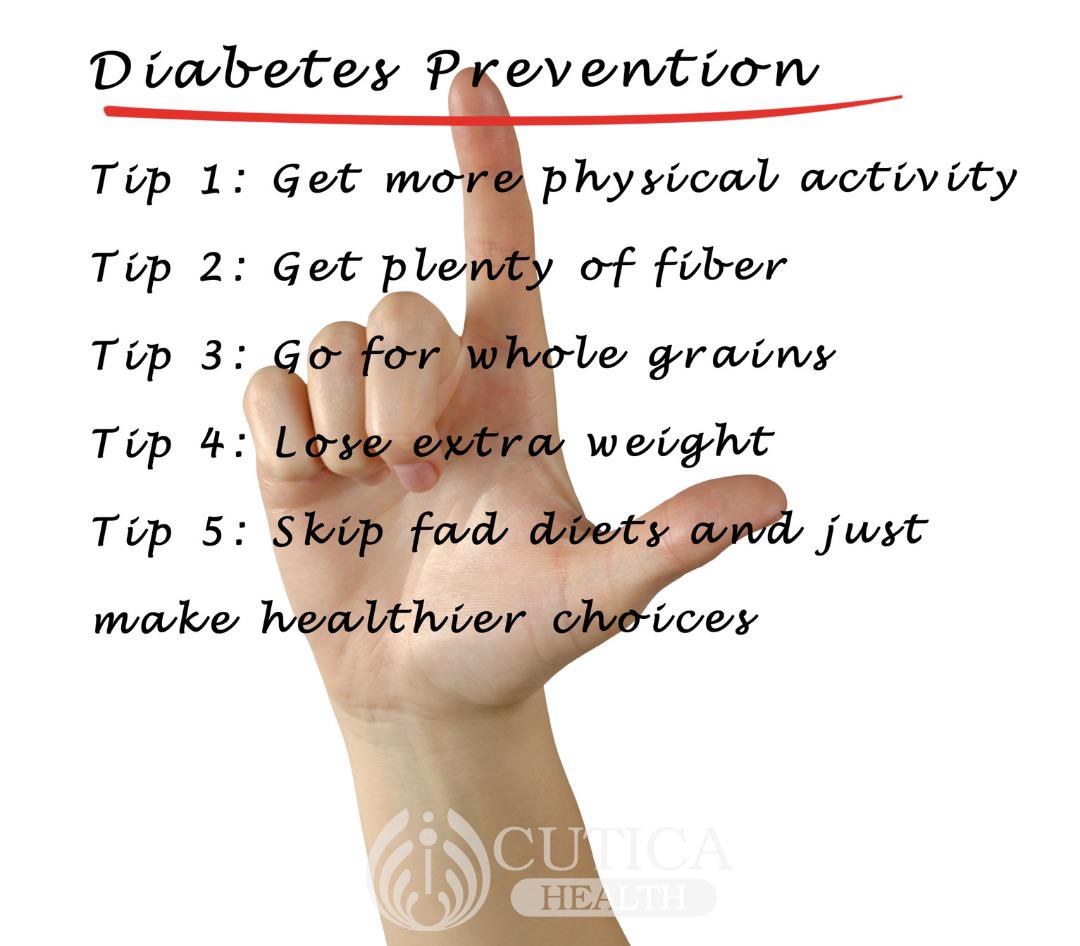
Take Aways
With diabetes, it is easy to miss your blood sugar targets if you don’t mix medications with healthy lifestyle and dietary changes. These are essential tips to managing your blood sugar, lowering your risk of the disease, and also curbing the complications of the disease.








